With an overall DxOMark Mobile score of 79, the Sony Xperia M5 camera provides solid image quality results across most situations. Its 21.5MP sensor helps it capture image detail, while also keeping noise under control. Low noise and lots of detail make it ideal for capturing complex outdoor scenes such as cityscapes. There is some loss of sharpness in the corners, though, so don’t expect the same image quality edge to edge.
Outdoor photos are high quality, but can be inconsistent
The M5 does an excellent job of capturing detail and complex textures, making it a good choice for cityscapes or complex landscapes. However, it has some color and exposure consistency issues when used outdoors, so enthusiasts who expect high-quality images every time may be disappointed, or need to learn to check their results, and possibly reshoot a scene. Colors in outdoor scenes are often less saturated, so those wanting a lot of “pop” in their scenic and vacation photos might need to tweak them after the initial capture.
The M5 can have trouble with blown-out highlights (bright areas in the image), so it isn’t ideal for shooting in heavily-backlit situations or into the sun.
Indoor shooting is a strength, if you can cope with slow shutter speeds
Indoors, the M5’s ability to capture detail with low noise makes it good choice for photographing still images in low light. However, indoor shooters need to be aware that the M5 gets its image quality in low light from using a slow shutter speed. So if you’re trying to record an event indoors or in low light, you may see more motion blur than with some other models.
Tip: If you’re primarily interested in images of still objects, using a small tripod will allow you to take advantage of the M5’s excellent ability to capture complex textures with little noise, without suffering from motion blur.
Color purists should note that indoor images shot with flash plus existing Incandescent light can appear a little too yellow. For those shooting portraits, this may be a problem, but the result is still pleasing, and therefore is unlikely to bother most users.
Flash photos are very good overall, but weak in the corners
The M5’s flash has only a single-color LED (unlike many of the new flagship models that feature multiple different-colored LEDs), so it can’t adapt the color of the flash to match the color of the ambient light. That is only an issue when you have a scene in which the subject is lit by the flash and the background is lit by an indoor light source. In that case, the colors can look a little unnatural. Images captured with flash also feature some color noise near the corners, as well as vignetting (darker corners), but overall, the M5 scored very well on the quality of images captured using its flash.
Video Overview and Highlights
Video quality is also generally very good, but artifacts resulting from camera movement mean it may not be ideal for anyone looking to use it like an action camera, or while walking around at an event or on the street.
In contrast to the M5’s still photography results, detail is lost when using it to shoot video in low light. There is also visible noise under low-light conditions. Video autofocus can be somewhat abrupt. The M5 also doesn’t offer any focus tracking of subjects when shooting video.
Details: Explaining the score

Exposure and Contrast
86
In general, the M5 does very well on both exposure and contrast tests. Only some inconsistency in the rendering of shadow detail really counts against it here.

Color
73
The M5 gets one of its lower scores when it comes to accurate color reproduction, due in part to color balance and color shading issues:

Autofocus
80
The M5 has solid autofocus capability, with good repeatability. Interestingly, its autofocus actually performed more consistently in low light (about a 3% variance over our 30 test shots) than in bright light (about a 5-8% variance).
Excellent detail preservation (texture scores) and low noise are hallmarks of the M5 – especially for a mid-range smartphone camera. The only real drawback in this category is the longer shutter times in low-light conditions.

Artifacts
70
In contrast to its excellent texture and noise scores, the M5 falls down here. There is a loss of sharpness in the corners of images, as well as cases of halos, ghosting, and blocking artifacts on occasion. There can be slight fringing and ringing artifacts as well.

Flash
80
The M5’s flash photographs score very well for detail preservation, especially in the center of the image. Color is also excellent when the flash is the only light source. Its score is brought down somewhat because of the light falloff (and corresponding color noise) near the edges of flash images, and color inconsistencies when flash is used in an environment where it is mixed with ambient light.

Video
75
Overall, the M5 posted decent scores for video, although its 75 here was not as high as its 81 for still photographs. It is particularly good in suppressing noise (89 points) and reproducing color (89 points) accurately. Unfortunately, that comes at the expense of reducing detail (thus lowering its texture score to 68) and some artifacts (86 points). Stabilization is another weak point (58 points). Colors also tend to be under-saturated in low light – but not enough to detract too much from its high color score. Autofocus is solid enough to generate a score of 80, but doesn’t feature any tracking capabilities.
Photo Pros
-Good detail preservation in all conditions.
-Good noise level in all conditions.
-Fast and generally accurate autofocus.
Video Pros
-Fast autofocus.
-Good colors and white balance in bright light conditions.
-Fast exposure and white balance convergence.
Photo Cons
-Loss of sharpness in the corners.
-Occasional white balance cast in outdoor (yellow in some scenes, blue in others).
-In outdoor, visible exposure and color irregularities.
-Flash: strong chroma noise is visible, especially near the corners.
Video Cons
-Strong jello effect during hand held and walking motions.
-Details lost in low light conditions.
-Autofocus: abrupt convergence, and no tracking capabilities.
-Noise visible in low light conditions.
-Colors are slightly desaturated in low light.






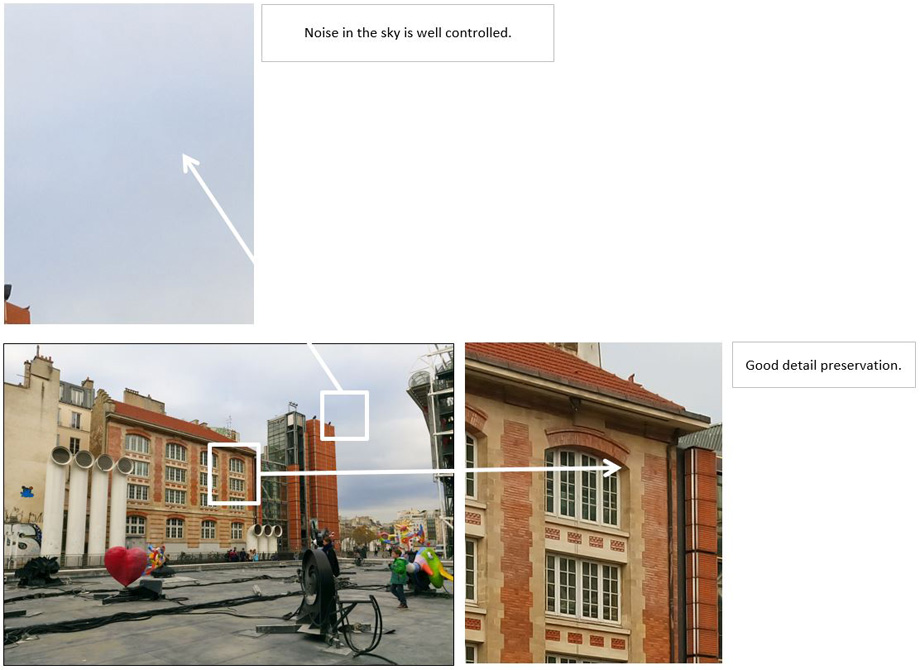
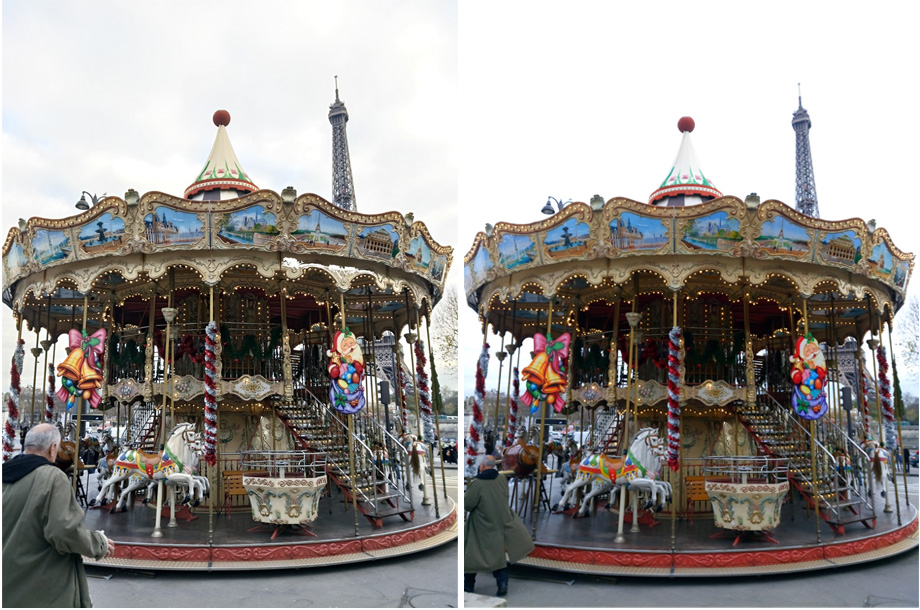



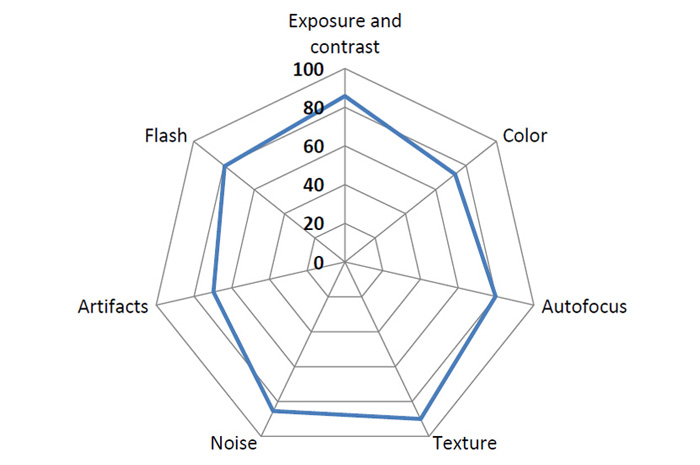
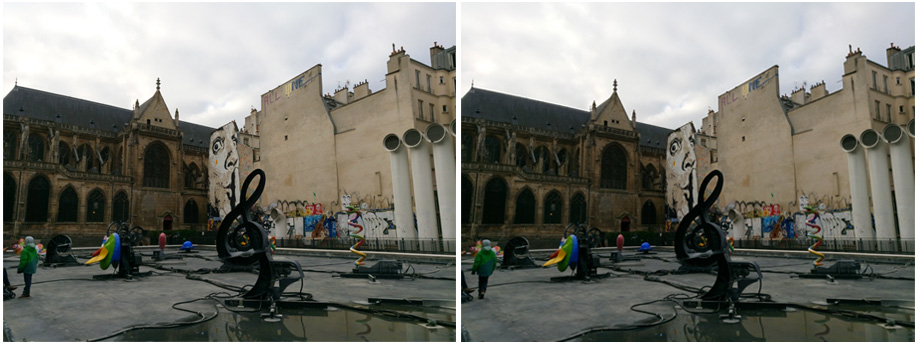







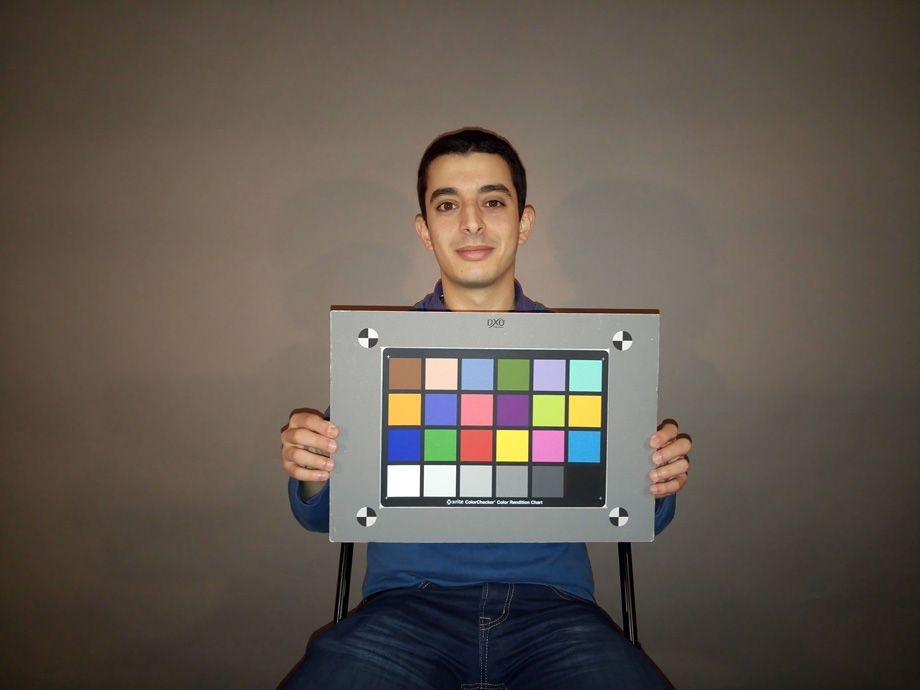
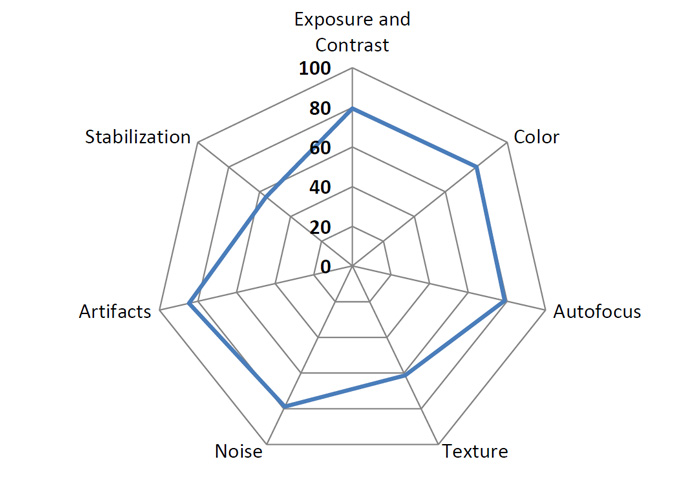
DXOMARK encourages its readers to share comments on the articles. To read or post comments, Disqus cookies are required. Change your Cookies Preferences and read more about our Comment Policy.